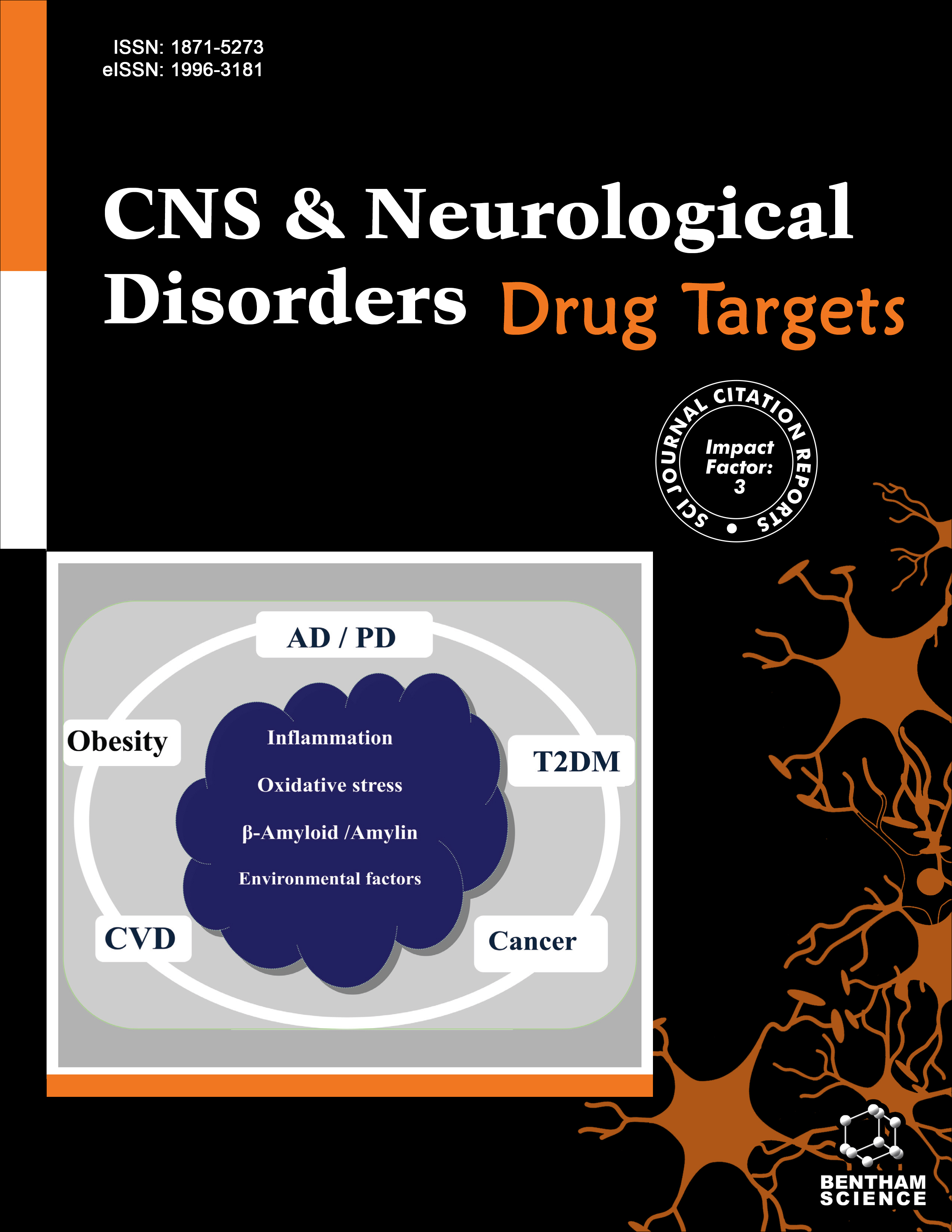
Full text loading...
In response to inflammation and other stressors, tryptophan is catalyzed by Tryptophan 2,3-Dioxygenase (TDO), which leads to activation of the kynurenine pathway. Sepsis is a serious condition in which the body responds improperly to an infection, and the brain is the inflammation target in this condition.
This study aimed to determine if the induction of TDO contributes to the permeability of the Blood-Brain Barrier (BBB), mortality, neuroinflammation, oxidative stress, and mitochondrial dysfunction, besides long-term behavioral alterations in a preclinical model of sepsis.
Male Wistar rats with two months of age were submitted to the sepsis model using Cecal Ligation and Perforation (CLP). The rats received allopurinol (Allo, 20 mg/kg, gavage), a TDO inhibitor, or a vehicle once a day for seven days.
Sepsis induction increased BBB permeability, IL-6 level, neutrophil infiltrate, nitric oxide formation, and oxidative stress, resulting in energy impairment in 24h after CLP and Allo administration restored these parameters. Regarding memory, Allo restored short-term memory impairment and decreased depressive behavior. However, no change in survival rate was verified.
In summary, TDO inhibition effectively prevented depressive behavior and memory impairment 10 days after CLP by reducing acute BBB permeability, neuroinflammation, oxidative stress, and mitochondrial alteration.

Article metrics loading...

Full text loading...
References


Data & Media loading...

